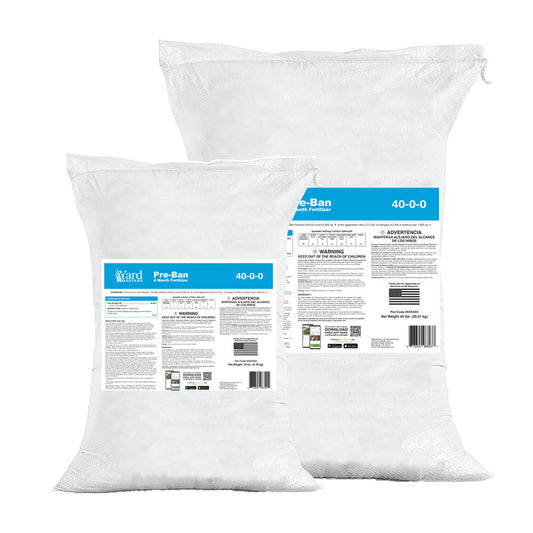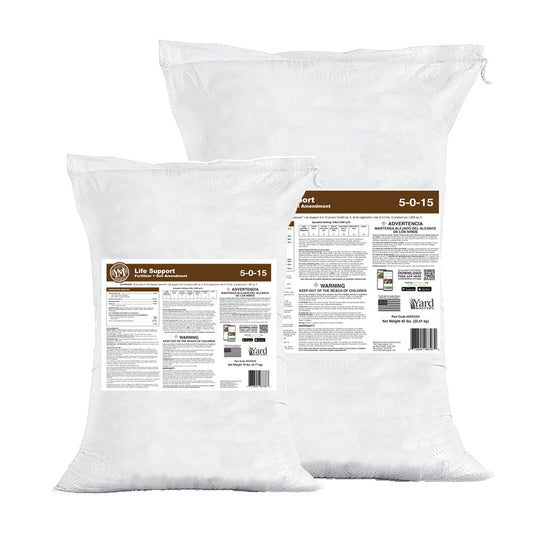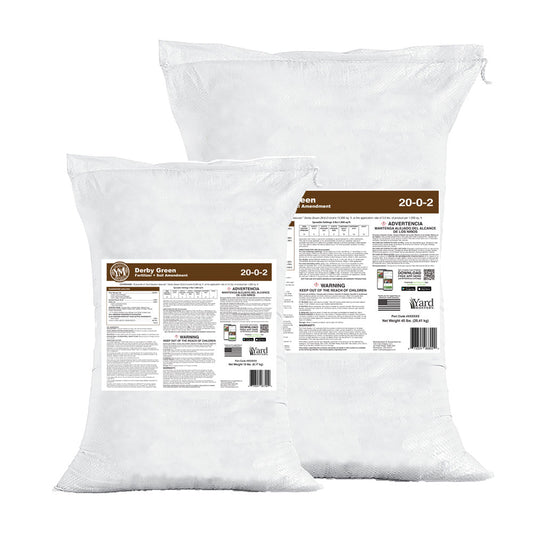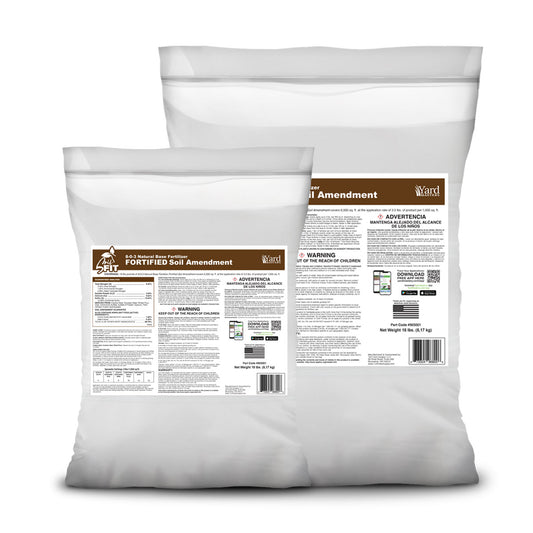What’s up y’all, hope your summer is cruising along!
I bet a lot of you are just getting back from summer vacations and after the heatwave that hit much of the country, you are seeing crazy brown spots that you didn’t notice before you left.
Is it insect issues? Could it be disease?
Or may it’s just lack of water? How will I know?
Answer: there is no surefire way for me to tell you how to know the cause of brown spots in your lawn but what I can say is first off; do nothing.
I recently talked about this on the podcast in this segment.
Key being, level set your thinking before you head off to spray and pray thinking you are solving the problem.
The solution has to start with a proper diagnosis and while you probably won’t be 100% sure about what you have going on, if you use available information and trust your gut, I bet you’ll come out ok in the end - after all, grass is extremely resilient.
Before you Apply, Analyze
So is it a disease or is it insects?
Let’s ask a few simple questions and use the lawn journal notes you have taken as a guide.
Did you apply insect control to the lawn this year?
If you did, go back and read the label and find out what insects are controlled by the product and how long.
For example, if you applied Scotts GrubEx in later May and watered it in, then you can rest assured that grubs are not causing the brown spots you see.
In other words, trust the science and trust the process (plus, it’s too early for grub damage in most of the country.)
This is why I do stress the use of a lawn journal so often: writing things down at the time of an application forces you to read the label and think through the strategy, but it also helps you remember what you did and why.
Additionally, anything you do forget, later on, is recorded in the journal to jog your memory.
Sounds obvious right? Trust me, it works.
What about sod webworm?
Those are starting to crop up in some cool season lawns (some warm season too) and I did a video that shows you what they look like in the adult and larvae stage.
Check that out here (if you like my old green screen vids, this is a good on!)
What about lawn diseases?
This one is tough as many of the diseases mimic one another and still others mimic insect damage and heat stress. So what can you do?
My first advice is to go to university extension websites and see what they are saying.
Many have blogs that will keep you informed as to what is going on in your area. One of my favorites that I often refer to is NC State Extension - Turf Files.
Here are some excellent references they have written that will help you if you think you have disease in your lawn:
Brown Patch in Lawns - scroll down to the bottom to see photos. Also talks about how to treat and when and with what.
Leaf Spot, Melting Out - same thing, scroll down and look at the photos.
You may also want to review my Bullet Proof Strategy but employ the “curative” rates for the products mentioned - which are all available at your local HD, Lowes, Ace, etc.
Red Thread in Lawns - this one should be clearing out for most of you.
Dollar Spot - not a long term serious threat but looks ugly for a while for sure!
Whatever you get for it, watch for the 85-degree heat restriction - mostly something you will find on the label of liquid products.
Want to hear even more about lawn diseases to try and REALLY dial it in - check out my full-length podcast episode where I talk about them.
No Matter What - Get Back To Basics
At the end of the day, make sure you have your fundamentals in line during these times.
Summer is a stressor for all cool season lawns. Warm season lawns, we love the heat, but we also need enough irrigation so we don’t burn out.
Our high humidity can work against us too… in other words, everyone has challenges!
This is why mowing is still important. Keep the lawn cut at least every 4-5 days if you can, even if you think it doesn’t need it, keep going!
Now don’t stress if you can’t make it that often - I know you are busy!
I tell you to mow every 4-5 days knowing most of you will be good at every 7… that’s just how it goes but the key is to stay consistent through these months.
Bag clippings if you see brown spots. Just do it, it won’t hurt.
Make sure when you irrigate, you are irrigating deep and infrequent and test your irrigation plan to make sure you are getting good, even coverage when you do turn on your sprinkler.
Apply humic acid and micronutrients for support of the plant’s systems. Use Hydretain if you think you have dry spots (it works, I proved it here) - but most of all, just keep hoping for the best.
Sometimes, our lawns face challenges. Good news is that fall time is right around the corner and that is going to do one of the following:
Cool Season Lawns (plans here) - allow you to repair pretty much ANY damage that has come to the lawn all summer. I 100% guarantee that you can turn even the worst lawn around in fall time.
Warm Season Lawns (plans here) - it’s good for you to just push on through! Keep pushin’ is what I say.
Keep mowing, keep feeding, keep watering, nice and steady - you are in your prime time and your rhizomes and stolons can overcome all!
Happy July! I’ll see you in the lawn!
AL
PS - if you don’t have brown spots in the lawn, but you have mosquitos stopping you from using it - make sure to review this video here!









